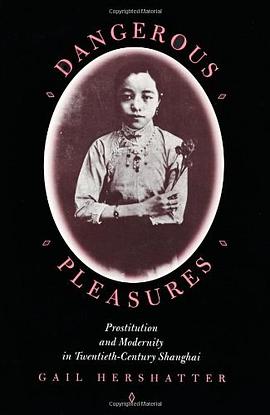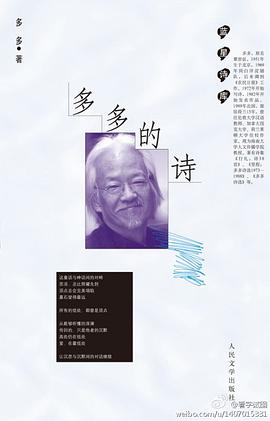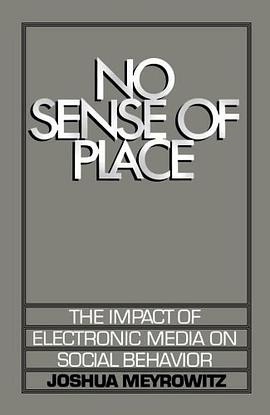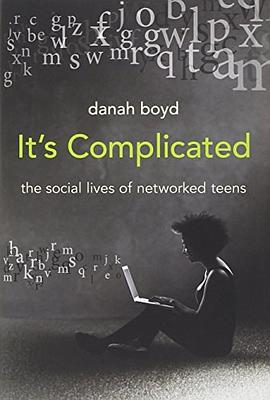Dangerous Pleasures
内容简介
This pioneering work examines prostitution in Shanghai from the late nineteenth century to the present. Drawn mostly from the daughters and wives of the working poor and declasse elites, prostitutes in Shanghai were near the bottom of class and gender hierarchies. Yet they were central figures in Shanghai urban life, entering the historical record whenever others wanted to appreciate, castigate, count, regulate, cure, pathologize, warn about, rescue, eliminate, or deploy them as a symbol in a larger social panorama. Over the past century, prostitution has been understood in many ways: as a source of urbanized pleasures, a profession full of unscrupulous and greedy schemers, a changing site of work for women, a source of moral danger and physical disease, a marker of national decay, and a sign of modernity. For the Communist leadership of the 1950s, the elimination of prostitution symbolized China's emergence as a strong, healthy, and modern nation. In the past decade, as prostitution once again has become a recognized feature of Chinese society, it has been incorporated into a larger public discussion about what kind of modernity China should seek and what kind of sex and gender arrangements should characterize that modernity. Prostitutes, like every other non-elite group, did not record their own lives. How can sources generated by intense public argument about the 'larger' meanings of prostitution be read for clues to those lives? Hershatter makes use of a broad range of materials: guidebooks to the pleasure quarters, collections of anecdotes about high-class courtesans, tabloid gossip columns, municipal regulations prohibiting street soliciting, police interrogations of streetwalkers and those accused of trafficking in women, newspaper reports on court cases involving both courtesans and streetwalkers, polemics by Chinese and foreign reformers, learned articles by Chinese scholars commenting on the world history of prostitution and analyzing its local causes, surveys by doctors and social workers on sexually transmitted disease in various Shanghai populations, relief agency records, fictionalized accounts of the scams and sufferings of prostitutes, memoirs by former courtesan house patrons, and interviews with former officials and reformers. Although a courtesan may never set pen to paper, we can infer a great deal about her strategizing and working of the system through the vast cautionary literature that tells her customers how not to be defrauded by her. Newspaper accounts of the arrests and brief court testimonies of Shanghai streetwalkers let us glimpse the way that prostitutes positioned themselves to get the most they could from the legal system. Without recourse to direct speech, Hershatter argues, these women have nevertheless left an audible trace. Central to this study is the investigation of how things are known and later remembered, and how, later still, they are simultaneously apprehended and reinvented by the historian.
......(更多)
作者简介
贺萧(Gail B. Hershatter),女,美国斯坦福大学获博士学位,现任美国加利福尼亚大学圣克鲁斯校区历史系教授、文化研究中心主任。她长期从事文化史、劳工史、妇女史、性史和女性主义理论的研究。她的著作丰富,有《天津工人:1900-1949》、与霍尼格合著的《美国女学者眼中的中国女性》,与吉尔马丁等合编的《中国的产生:妇女、文化和国家》(哈佛大学出版社,1994年),与霍尼格等合编的《重新勘测中国》(斯坦福大学出版社,1996年),与霍尼格等合编的《中国妇女研究指南》(加州伯克利大学东亚研究所,1999年)等书。现正在研究中国西北农村的妇女问题,主题也是历史、记忆与社会性别身份问题。
......(更多)
目录
......(更多)
读书文摘
与卖妻卖女不同,家里把女人典押出去从事娼妓业,就好像是把女人的身体当作一种经济资源去开发,不是将它放弃。
许多妇女进妓院是由她们自己的家里决定的,有时她们本人也参与了这样的决定。国联关于妇女儿童被拐卖情况的调查委员会在1932年的报告中也承认,大多数妓女“最初都是被那些对她们能行使家长或准家长权力的人送入这一行当的”。
......(更多)






